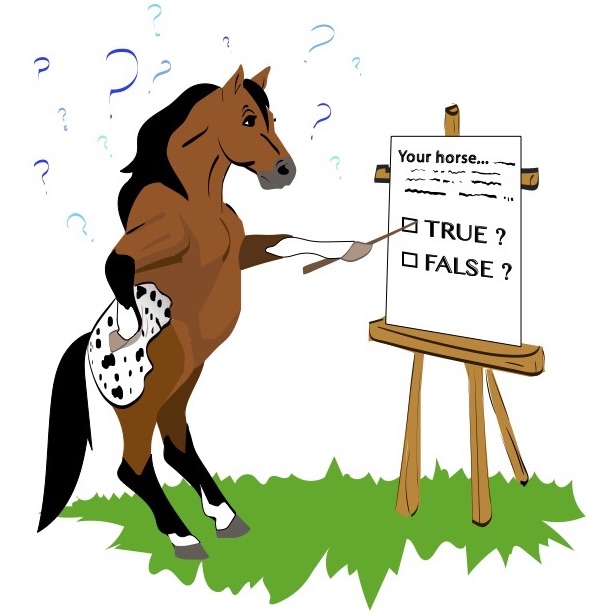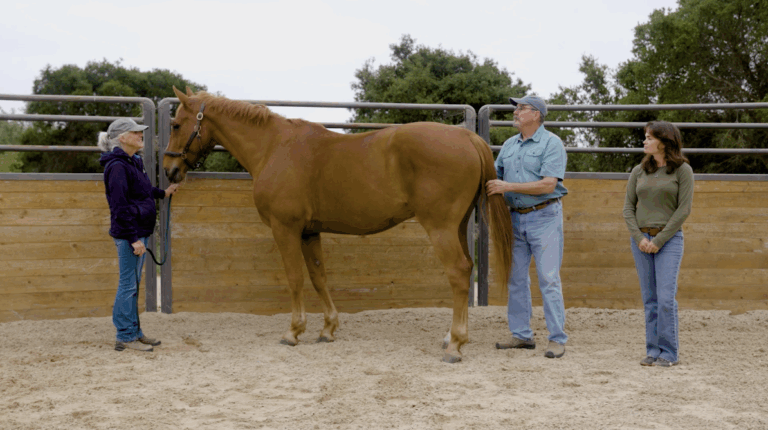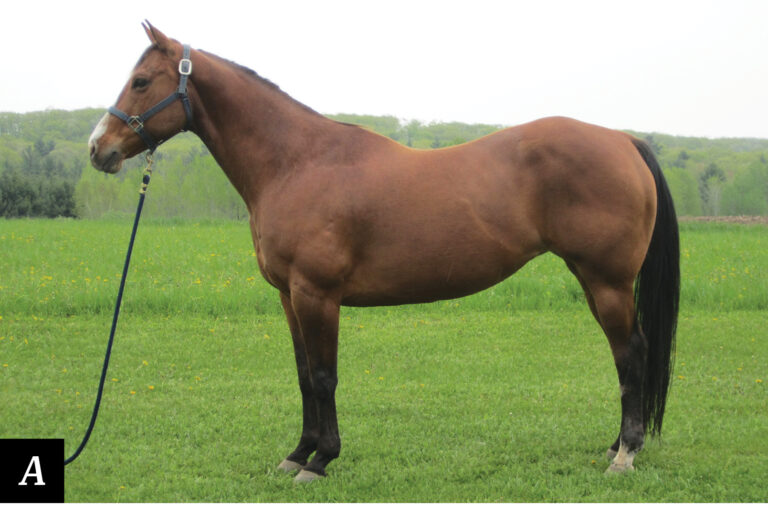
1. True or false: A choppy, shortened stride plus the tendency to point one front foot, then the other when tied means a horse is suffering from navicular syndrome.
T / F
2. True or false: If both front feet are sore, the odds increase that the horse has a bone- or joint-related problem, as opposed to a soft-tissue injury.
T / F
3. Some horses with heel pain benefit from shoeing strategies that provide better heel support and ease the stress of breakover.
T / F
4. When your veterinarian is trying to diagnose your horse’s heel pain, the minimum in diagnostics you’ll probably need will be…
A) ultrasound.
B) x-rays.
C) a bone scan.
Want to learn more? Read The Essential Hoof Book: The Complete Modern Guide to Horse Feet – Anatomy, Care and Health, Disease Diagnosis and Treatment.
Products we feature have been selected by our editorial staff. If you make a purchase using the links included, we may earn a commission. For more information click here.
HOW’D YOU DO? (Answers below.)
1. F is correct. Not necessarily would be the right answer. Although a choppy stride and toe pointing can indicate pain coming from the navicular area, there are other conditions—including those stemming from the coffin bone or coffin joint—that can cause these same signs. This is important because the most key factor for successful treatment of heel pain is an accurate diagnosis.
[READ MORE of our vet’s expert advice about equine heel pain.]
2. T is correct. If both feet are sore, it may well be a bone- or joint-related problem—and classic “navicular syndrome” is on that list of possibilities. If only one foot hurts, it might indicate a soft-tissue injury such as a small ligament tear, particularly if the lameness had a sudden onset.
3. T is correct. Corrective shoeing can help some horses with heel pain; a common example would be egg-bar shoes that support the heel and rocker toes that aid breakover. Pour-in pads can also be useful, and carefully administered non-steroidal anti-inflammatory medications may also be needed.
4. B is correct. Radiographs (x-rays) can show whether there are abnormalities in your horse’s navicular bone, coffin bone, or coffin joint, plus they can help detect problems at points where soft-tissue structures attach to bone. Radiographs are also the most accurate way to identify hoof-balance issues, and they can provide a lot of information about ideal corrective shoeing.
Hey! Not already receiving H&R’s fun and informative newsletter? Sign up right now for The Ride. It’s free!




